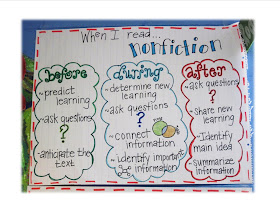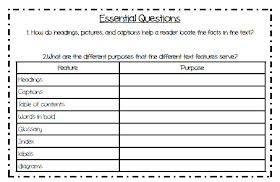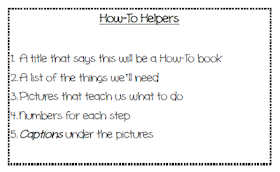I found this super cute anchor chart on Pinterest to introduce author's purpose:
I also made a page similar to the anchor chart to add to the reader's notebook.
For an independent activity...sorting titles to show the author's purpose.
My favorite activity is this writing lesson:
I gave each of the students some goldfish crackers. Then, I put strips of paper in a bag that said inform, entertain, or persuade. The students had to pull a strip of paper out of the bag. They wrote a story about the goldfish crackers that went along with the author's purpose strip they chose. They were so excited to eat their crackers as they wrote. It was very interesting to see what they came up with. (I let the students use the goldfish container to help them if they were writing to inform.)
My super nerdy husband recently gave me a little tutorial on QR codes. I was so excited about using them in class! I just made these author's purpose cards to use at a station. They read the short passage, mark the author's purpose, then scan the QR code to see the correct answer. Fun! Can't wait to use these. I am laminating them so the students can mark their answers with a dry erase marker and then erase for the next group.
This has nothing to do with author's purpose, but I also wanted to review main idea a little...so I made main idea cards as well. I used the same passages, but they have to mark the main idea and scan for the correct answer.
A really great app to use for scanning QR codes is:
Scan




































